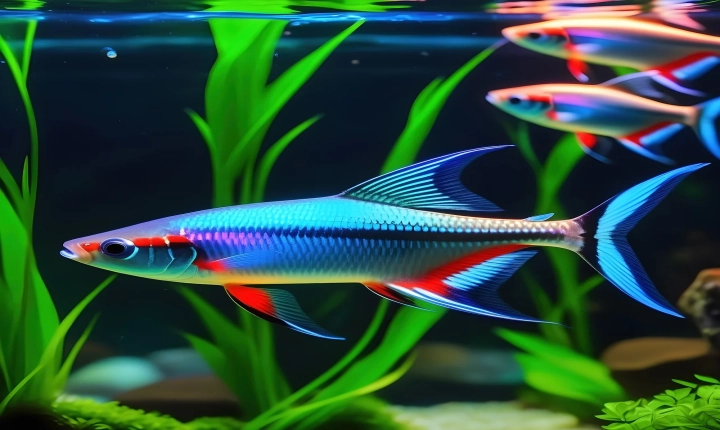Can AI Replace Artists?
Artificial intelligence has made significant advancements in various fields, from healthcare to finance, and now it is beginning to make its mark in the world of art. With the ability to analyze data, create patterns, and even mimic human creativity, AI has sparked a debate on whether it can replace artists.
One of the most noticeable roles AI has taken on in the art world is the creation of visual art. There are countless examples of AI-generated paintings, drawings, and even sculptures that have garnered attention in galleries and exhibitions around the world. These pieces of art often provoke discussions about the intersection of technology and creativity, challenging traditional notions of what it means to be an artist.
Proponents of AI in art argue that it can expand artistic possibilities by offering new tools and techniques for artists to explore. AI can analyze large datasets of art history and styles, enabling artists to draw inspiration from a wide range of influences and create innovative works. Additionally, AI can assist artists in the production process, potentially reducing the time and effort required to bring ideas to life.
On the other hand, critics argue that AI lacks the depth of human emotions, experiences, and consciousness necessary to produce truly meaningful art. While AI can replicate certain artistic styles and techniques, it may struggle to convey the same level of emotion, expression, and storytelling that human artists bring to their work. The authenticity and originality of AI-generated art are also called into question, as it is often seen as a product of algorithms rather than genuine human creativity.
Furthermore, the relationship between the artist and their audience is an essential aspect of art that AI may struggle to replicate. Human artists often use their work as a medium for personal expression, connection, and cultural commentary, conveying their unique perspectives and experiences through their art. It is unclear whether AI-generated art can establish the same kind of connection and resonance with viewers.
While the debate over whether AI can replace artists continues, it is important to recognize that AI has the potential to complement and enhance human creativity rather than replace it outright. Artists can leverage AI as a tool to explore new possibilities, experiment with different styles, and push the boundaries of traditional art forms. At the same time, the rise of AI in art prompts us to reflect on the essence of creativity, the role of technology in artistic expression, and the evolving nature of the art world.
In conclusion, while AI has demonstrated the ability to create captivating works of art, it is unlikely to fully replace human artists. The emotional depth, personal experiences, and unique perspectives that human artists bring to their work are difficult to replicate through artificial intelligence. Instead, the integration of AI into the art world presents an opportunity for artists to embrace new technologies, expand their creative horizons, and engage in thought-provoking conversations about the future of art. As AI continues to evolve, it will be fascinating to see how this relationship between technology and creativity shapes the artistic landscape in the years to come.
